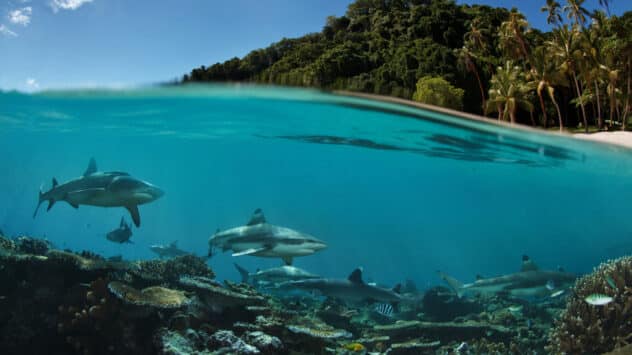
Overfishing Is Pushing Coral Reef Sharks Toward Extinction, Study Finds
According to a new study by the Global FinPrint project, overfishing is causing coral reef sharks to be driven toward extinction much more than previously thought.

According to a new study by the Global FinPrint project, overfishing is causing coral reef sharks to be driven toward extinction much more than previously thought.
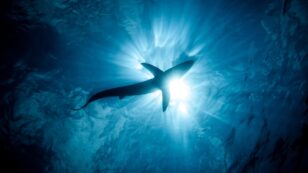
Documents collected via the Official Information Act in New Zealand show that commercial fishers in the area have been killing or injuring sharks to retrieve their fishing gear, including hooks that cost as little as $1. The documents come from government observers who worked to oversee commercial longline fleets in the country from 2016 to […]

Ambiguous pet food labels like “fish,” “ocean fish,” or “white bait” may be hiding a secret ingredient: endangered shark meat. A new study published in Frontiers in Marine Science Friday found that 31 percent of samples of pet food tested by the researchers contained shark DNA. “The majority of pet owners are likely lovers of […]

Scientists have discovered a very rare baby ghost shark in deep waters off the coast of New Zealand.. Ghost sharks are a poorly understood relative of sharks and rays also known as chimeras, but the new find may help change that.
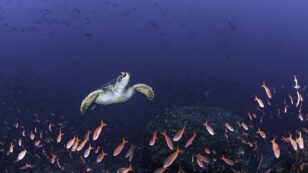
A volcanic mountain landscape with lava plateaus and white coral sand beaches rimmed with blue-green sea, the Galápagos archipelago is inhabited by more than 180 species found nowhere else on Earth. The first recorded visitor to the group of islands was Tomás de Berlanga, fourth Bishop of Panama, who happened upon it on his way […]
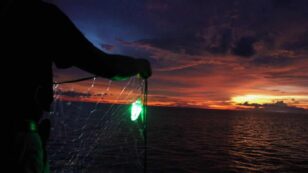
It’s no secret that fishing gear often results in the entanglement of untargeted marine species, including those that are endangered, threatened and protected like seabirds, sea turtles, sharks and marine mammals. Gillnets are one of the most widely used types of fishing gear in the world and are often the culprit in this unwanted bycatch. […]
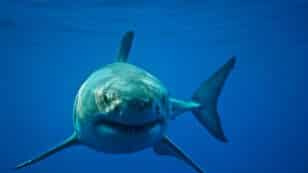
The great white sharks of South Africa had better watch out. Two orcas that have been known to hunt the apex predators were spotted Sunday in Cape Town’s False Bay.
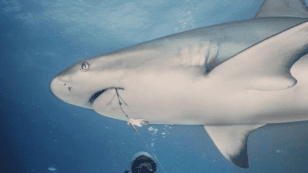
I woke up this morning to see two news articles, both involving animals but very different in tone. One article highlighted how a man was convicted of animal cruelty in Australia for shooting an arrow through a cat’s head. The other hailed the capture of a nearly 1,000-pound mako shark off the coast of New Jersey as an “incredible feat” and called the fishermen “winners.”
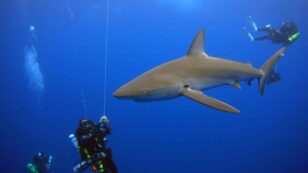
By David Shiffman This September a team of dozens of scientists announced grim news: Around one third of the world’s 1,199 known sharks and related species, they assessed, are now threatened with extinction. The startling message from members of the IUCN Shark Specialist Group, which published their results in the journal Current Biology, means that […]